On Calabria’s dramatic coast, you’ll find a town whose name still rings with ancient myth—Scilla. I’ve always loved places where stories and reality blur, and this Italian spot does that in a way that feels almost magical.
Scilla gets its name from Scylla, the infamous sea monster in Greek mythology who terrorized sailors braving narrow waters.
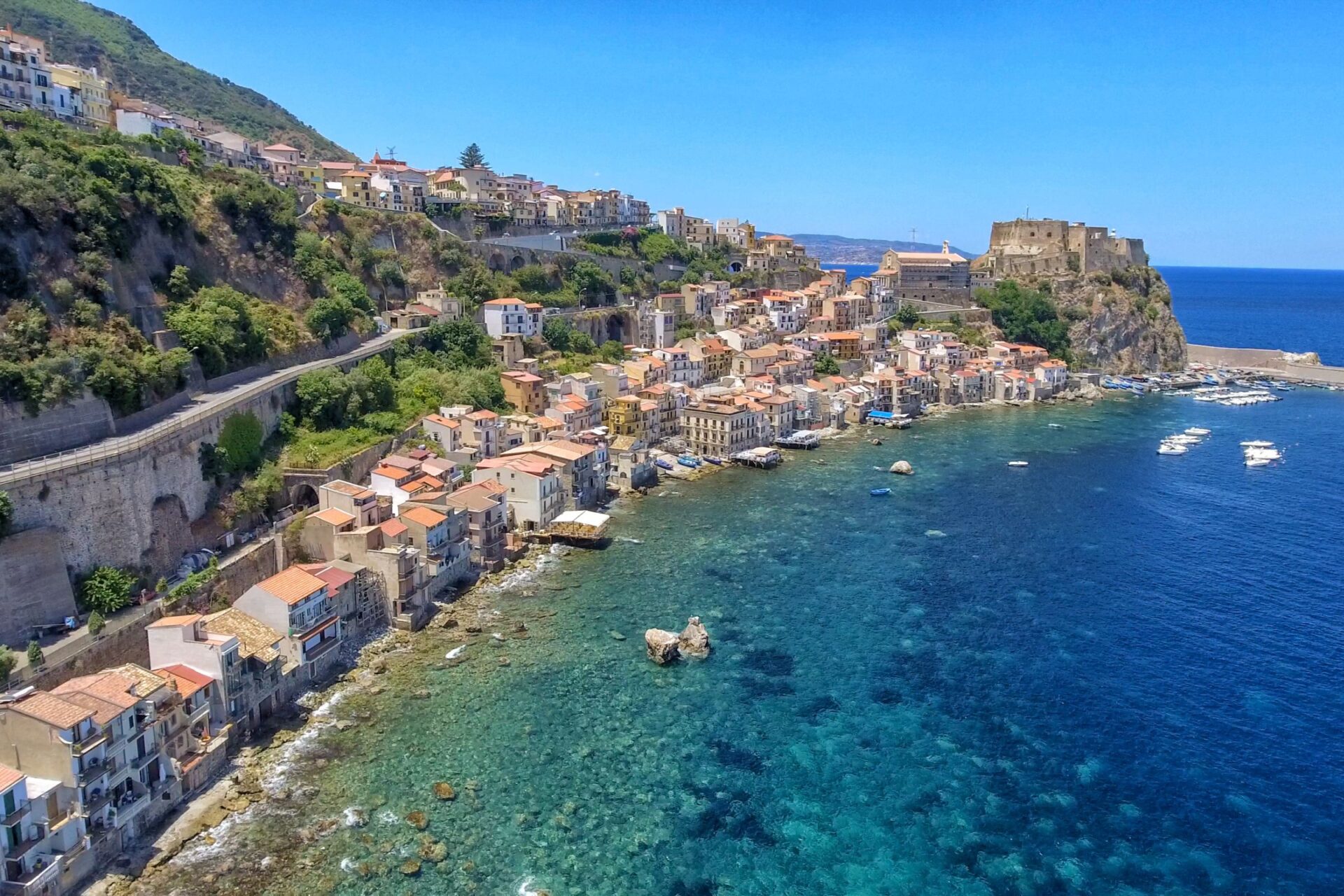
Last summer, I wandered along Scilla’s shoreline and honestly, it wasn’t hard to imagine the transformation the old myths describe. Scylla started as a beautiful nymph, just playing in the sea, before jealousy and magic changed everything. Locals still share these tales with a certain pride, tying their home to the epic journey of Odysseus, who had to steer between Scylla and Charybdis—two legendary threats.
What’s wild about Scilla is how it flips ancient fear into modern charm. The same waters that once spelled danger now sparkle alongside colorful boats and sun-washed beaches. As you walk through this town, you’ll see how Italian life has woven these old legends into something beautiful, letting the mythology add to the scenery instead of haunting it.
The Ancient Origins of Scilla: Myth Meets Reality
Standing on Scilla’s shore today, I can almost hear the voices of ancient Greek sailors who once dreaded this coastline. The town carries a mythic weight that stretches back thousands of years, where legend and landscape mix together.
Greek Roots and Transformation
Scilla’s name comes straight from the sea monster Scylla. As I stroll through Calabria’s streets, I’m struck by how a terrifying story became attached to such a lovely place.

Image Source: Wiki Fandom
In the myth, Scylla didn’t start as a monster. She was a nymph who caught Poseidon’s eye, which made his wife furious. Out of jealousy, she turned Scylla into a creature with six heads and twelve feet.
Over the centuries, the myth crossed cultures, and people attached the monster’s name to this rocky point. Local traditions picked up the story and made it part of the town’s identity.
Monsters of Legend: Scilla and Charybdis
We still say “between Scylla and Charybdis” when we’re stuck choosing between two dangers. When I stood at the Strait of Messina’s narrowest point, I finally got why ancient sailors were so afraid.
In Homer’s Odyssey, Odysseus sails between these two monsters. Scylla, perched on rocks like those I saw in Calabria, would snatch sailors with her many heads. On the other side, Charybdis, a whirlpool, threatened to swallow entire ships.
The real geography here matches the myth remarkably well. The narrow waters create dangerous currents that made life tough for ancient sailors. It’s wild how the natural risks lined up so neatly with the old stories.
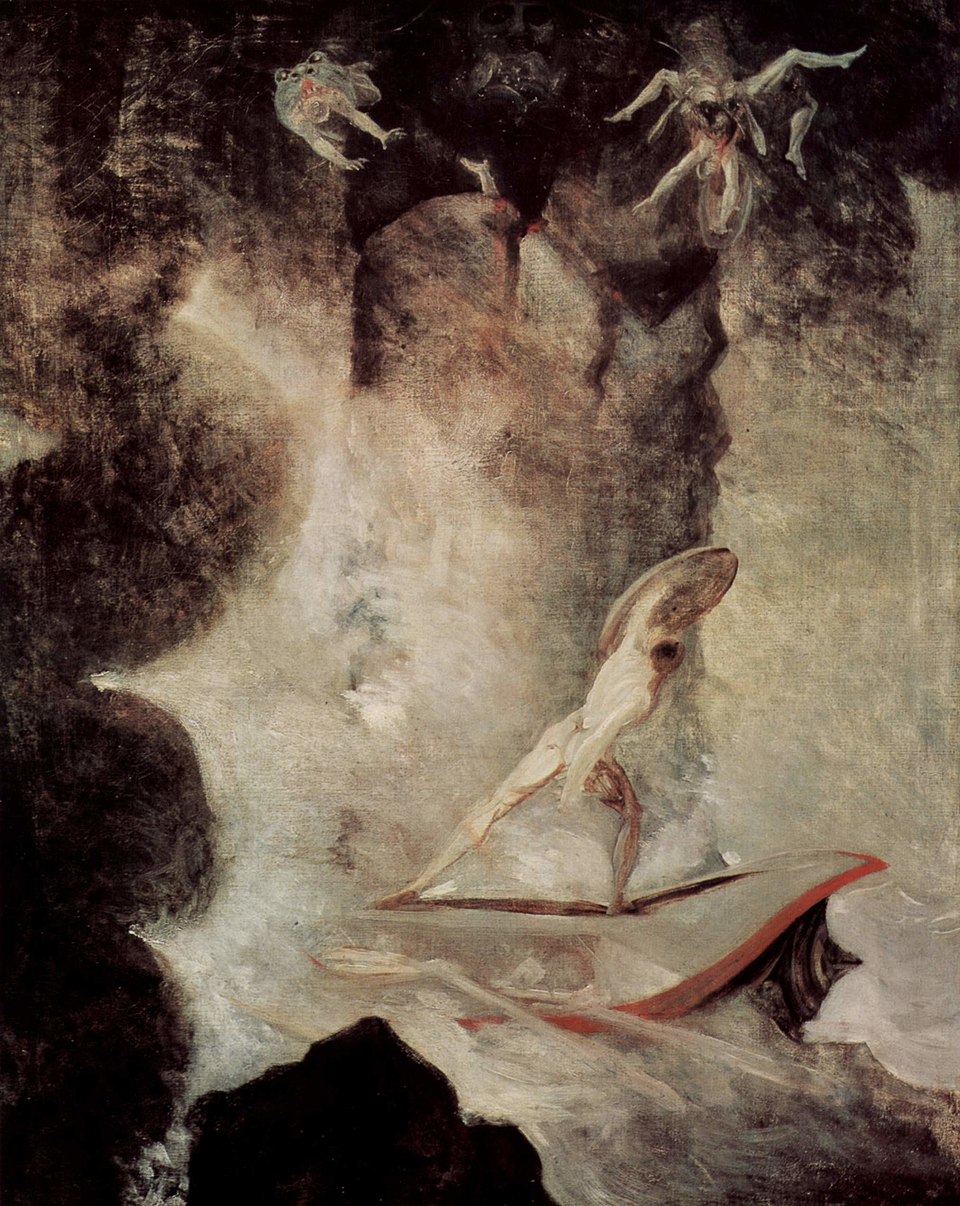
Image Source: Wikimedia Commons
The Influence of Olympus: Poseidon, Athena, and Hades
The gods of Olympus shape Scilla’s mythological beginnings. Poseidon’s interest in Scylla kicked off the tragedy, while jealousy twisted beauty into horror.
Some stories say Circe poisoned Scylla’s bath out of jealousy for Glaucus. Others blame Amphitrite, Poseidon’s wife, for transforming her.
Athena’s wisdom shows up in tales of sailors asking for guidance to cross the strait. Hades’ influence lurks in the deadly waters, with many souls lost to Scylla’s appetite.
I find it fascinating how these divine stories echo real human fears of the sea. The unpredictable waters symbolized chaos, something even the gods couldn’t fully master.
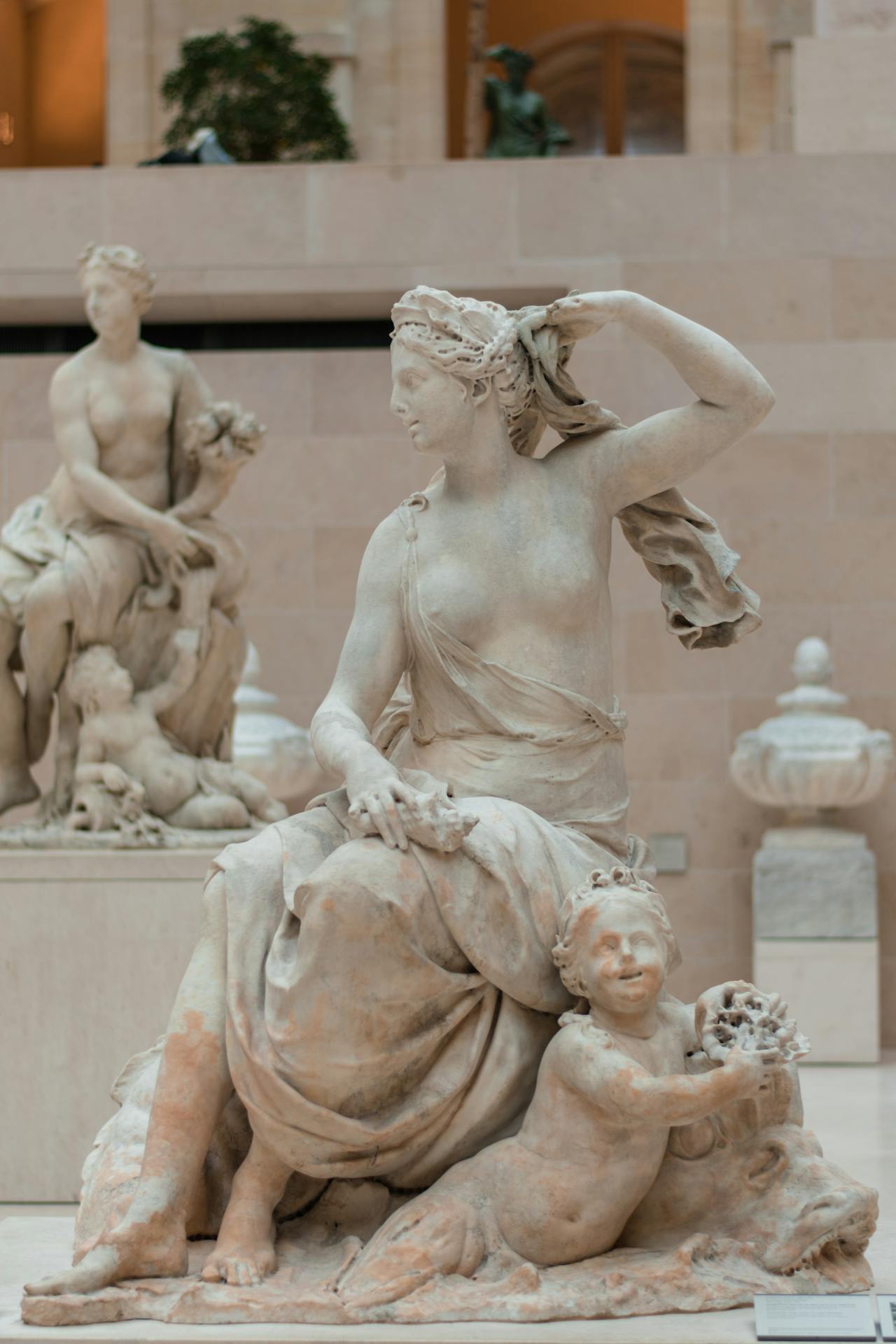
Scilla in Sicily and Calabria: The Mythological Setting
Sicily and Calabria are steeped in Greek mythology, especially through Scylla’s legend. This nymph-turned-monster left her mark on the land and the cultural identity of these Italian regions.
The Strait of Messina: Gateway of Legends
The Strait of Messina, squeezed between Sicily and Italy, is where myth places Scylla and Charybdis—the monsters Odysseus faced. I’ve stood at the water’s edge and felt the weight of those old stories.
Scilla in Calabria takes its name right from the legend. Walking through its winding streets, I spotted references everywhere to the tale that shaped this fishing town.
The Greeks called Messina “Zancle,” meaning “sickle,” for its curved harbor. That shape became part of the stories sailors told as they braved these tricky waters.
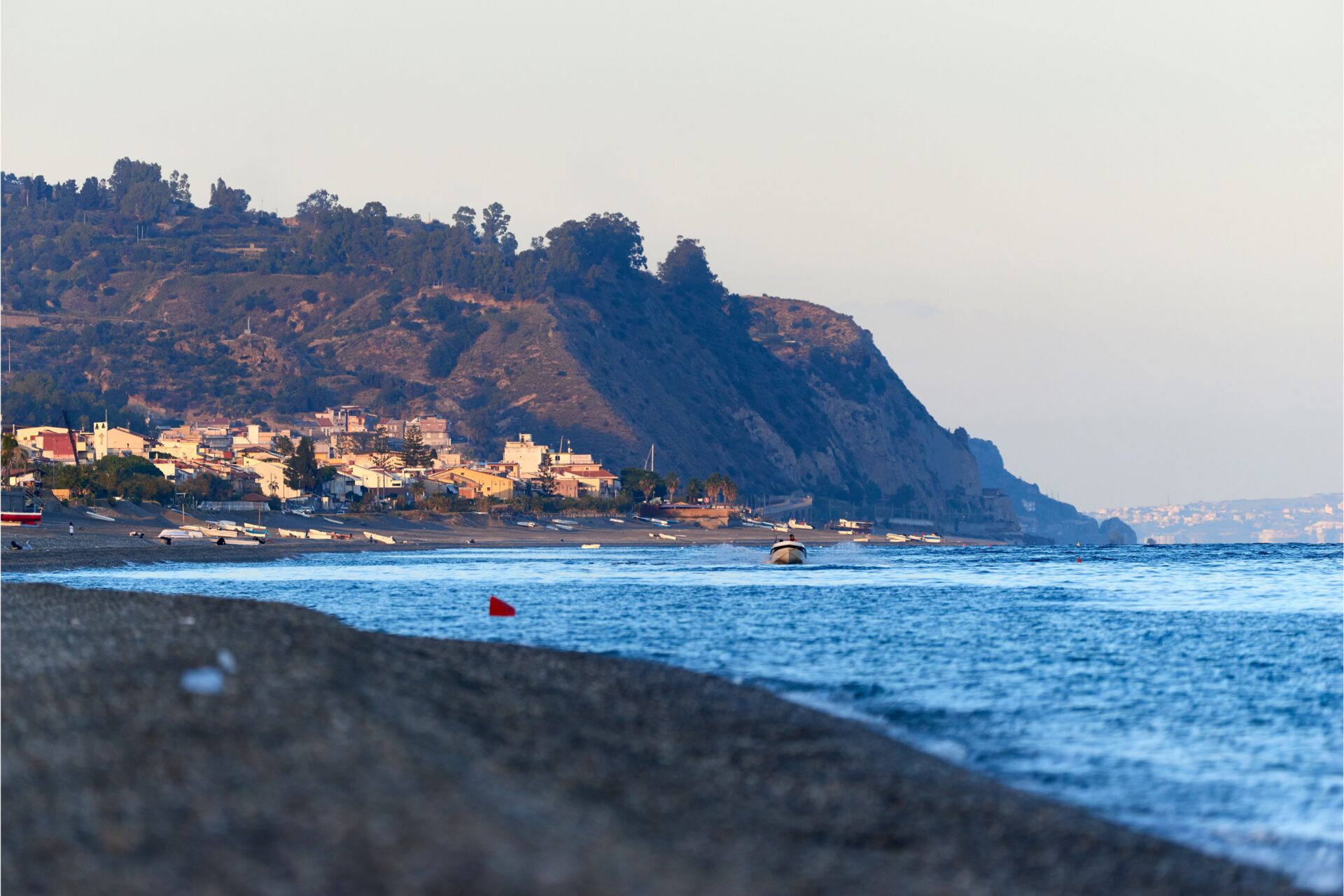
Natural Wonders: Caves, Stones, and Mount Etna
The landscapes of Sicily and Calabria set the stage for myth. Along the coast, caves are still pointed out as the homes of mythical creatures like Scylla.
Mount Etna, Sicily’s volcano, dominates local mythology. The Greeks believed it was Hephaestus’s workshop and the monsters’ prison.
Strange rock formations all over the region have sparked stories for ages. On my travels, locals often pointed to certain stones, insisting they were once monsters or heroes, changed by angry gods.
Earthquakes and tsunamis shaped these myths too. Before science, people explained disasters through stories of sea monsters.
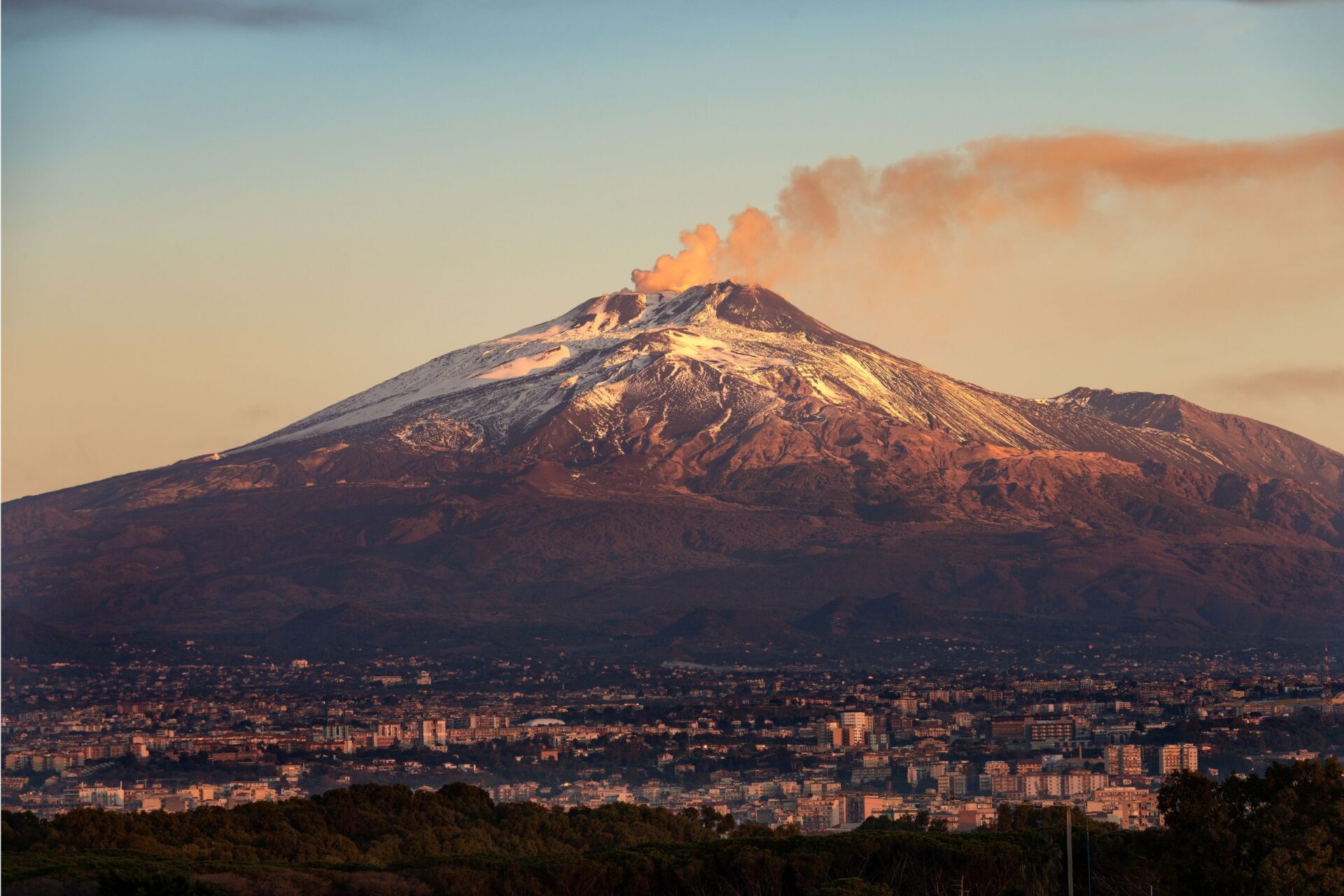
Sicilian and Calabrian Cultural Traditions
Scylla’s legend runs through local festivals, art, and literature. I’ve joined summer celebrations where people act out scenes from Greek myth.
Fishermen in Scilla keep up traditions, including prayers and rituals that go back to ancient times. Some boats still sport symbols for protection against sea monsters.
Even the food nods to these tales, with seafood dishes named after legendary characters. When I dined out, restaurant owners shared their own takes on the Scylla story.
The mix of Greek, Roman, and local customs shaped a unique culture here. As a visitor, I’ve noticed that knowing these myths helps you connect with locals who cherish their mythological heritage.
From Greek Nymph to Italian Beauty: Scilla’s Enduring Allure
Scylla’s journey from Greek monster to the lovely Italian town of Scilla is one of mythology’s best transformations. She’s inspired artists, writers, and travelers for centuries, leaving her mark on culture.
A. E., Goethe, and Shakespeare: Scilla in Literature
I was surprised to learn how far Scilla’s influence reaches in literature. Shakespeare worked the nymph into “Hamlet,” using her story as a metaphor for tough choices—just like sailors passing between Scylla and Charybdis.
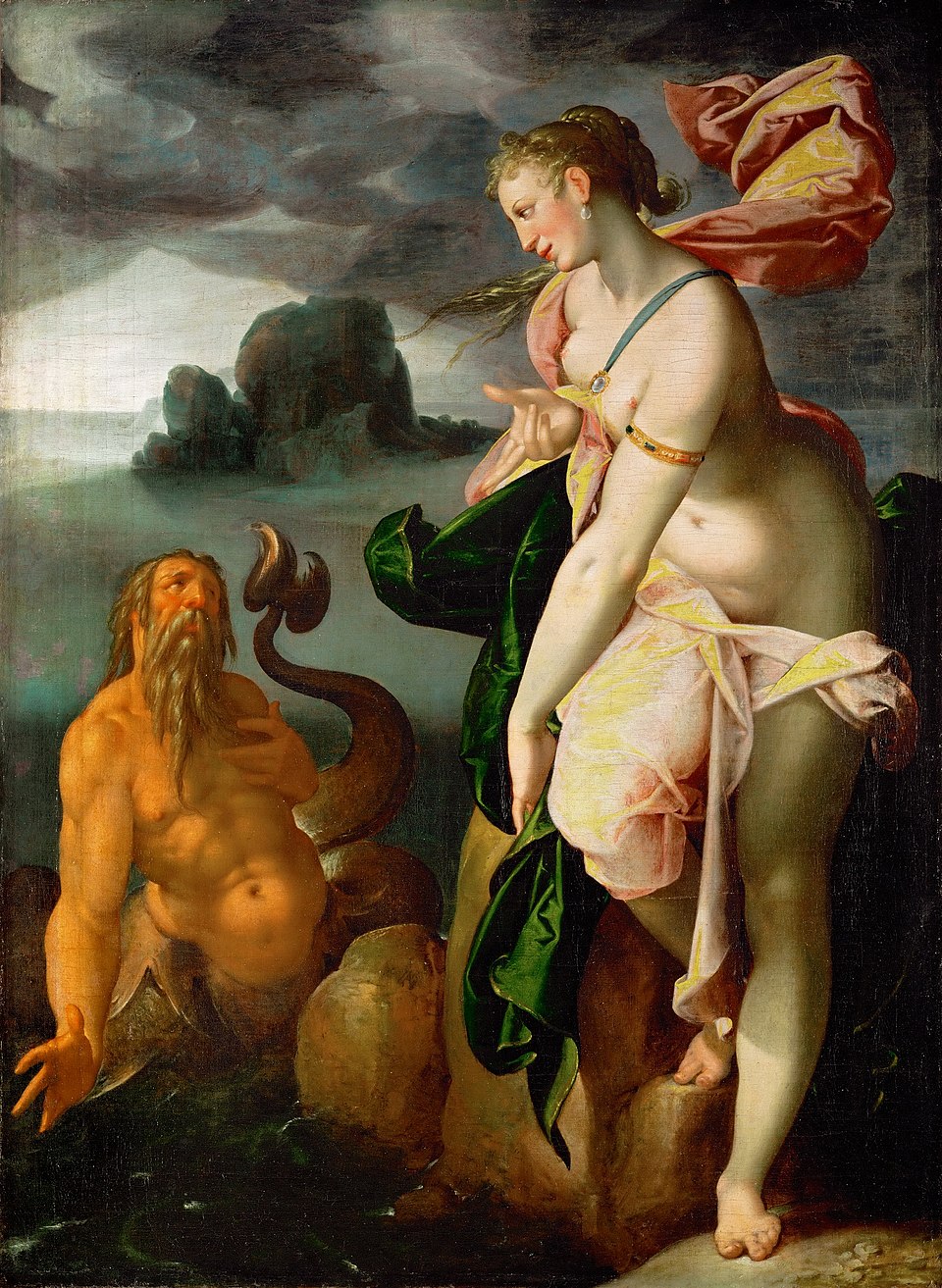
Image Source: Wikimedia Commons
Goethe, during his travels in Italy, was clearly moved by this coastline. His reflections on Scilla blend natural beauty with myth, painting a timeless picture.
A.E. (George William Russell) used Scilla’s transformation as a metaphor for beauty ruined by jealousy. The story of the nymph, loved by Glaucus but changed by Circe, offers plenty of material for exploring emotion.
Art, Artefacts, and Ruins: Tracing the Myth through Time
In museums across Italy, I’ve seen artifacts showing Scylla’s fearsome form. Ancient Greek pottery often depicts her as half-woman, half-monster, attacking Odysseus’s ship—a far cry from today’s peaceful town.
Roman ruins near Scilla feature mosaics that show the myth’s popularity. Over time, these images softened, turning the monster back into the beautiful nymph she once was.
What really grabs me is how Scilla’s landscape acts as a living artifact. The rocks and swirling waters of the Messina Strait still bring the old dangers to mind.
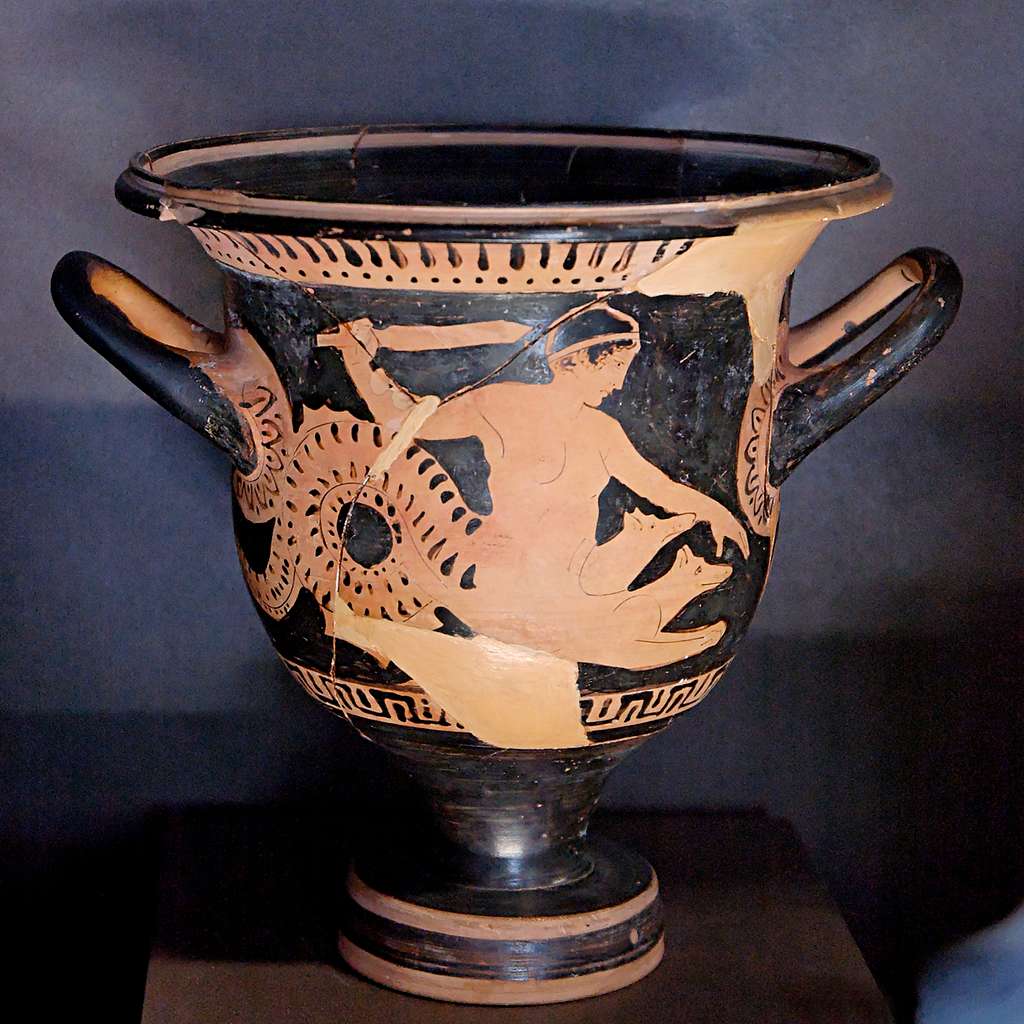
Modern Representations: Stock Photos, Videos, and Vectors
The digital age has given Scilla a new look. I love browsing stock photos of the town’s colorful houses tumbling toward blue water—photos that focus on beauty, not monsters.
Video creators now use 360° panoramas to show off Scilla’s coastline. These let people experience the view from anywhere, standing where ancient Greeks imagined Scylla lurking.
You’ll find vector illustrations of the myth in kids’ books and travel ads. These playful images help new generations discover the story.
Thanks to digital media, Scilla’s legend now reaches people all over the world—even those who’ll never visit in person.
Legends and Invasions: History Shaped by Myth
Scilla’s shores have seen invaders come and go, each leaving their mark on its culture. These events became tangled with myth, creating a rich tapestry of stories that still shape the town.
The Carthaginians, Arabs, and Normans: Cultural Division and Influence
As I wandered Scilla’s old streets, I felt the layers of history under my feet. The Carthaginians saw the value of this coast early on. They set up trading posts here, bringing their own customs.
The Arabs arrived next, changing daily life in big ways. They loved Scilla’s rocky coast for fishing, but their invasions forced locals to build defenses—some of those structures are still standing.
The Normans added another twist. Under their rule, Scilla split into different quarters, each with its own traditions. You can still see this cultural mix in the town’s buildings and customs.
Richard I and the Holy Land: Echoes of Scilla in Western Europe
Digging into Scilla’s history, I stumbled on its surprising link to the Crusades. Richard the Lionheart supposedly stopped here on his way to the Holy Land. His visit put Scilla on European maps and in medieval stories.
Locals say Richard was so taken with the landscape that he recruited Scilla’s sailors for his fleet. Those sailors brought back stories and influences from far away, weaving them into Scilla’s culture.
Agriculture, Fruit, and the Land: Myth in Everyday Life
Scilla’s farmland tells its own stories. As I walked through the fields, I noticed how farming here ties back to ancient beliefs.
Farmers still use planting calendars based on myths about seasonal gods. The region’s famous citrus groves—honestly, they’re gorgeous—are said to be gifts from divine beings. Some legends claim the sweet flavor of Scilla’s fruit comes from the tears of nymphs who once lived in its lakes.
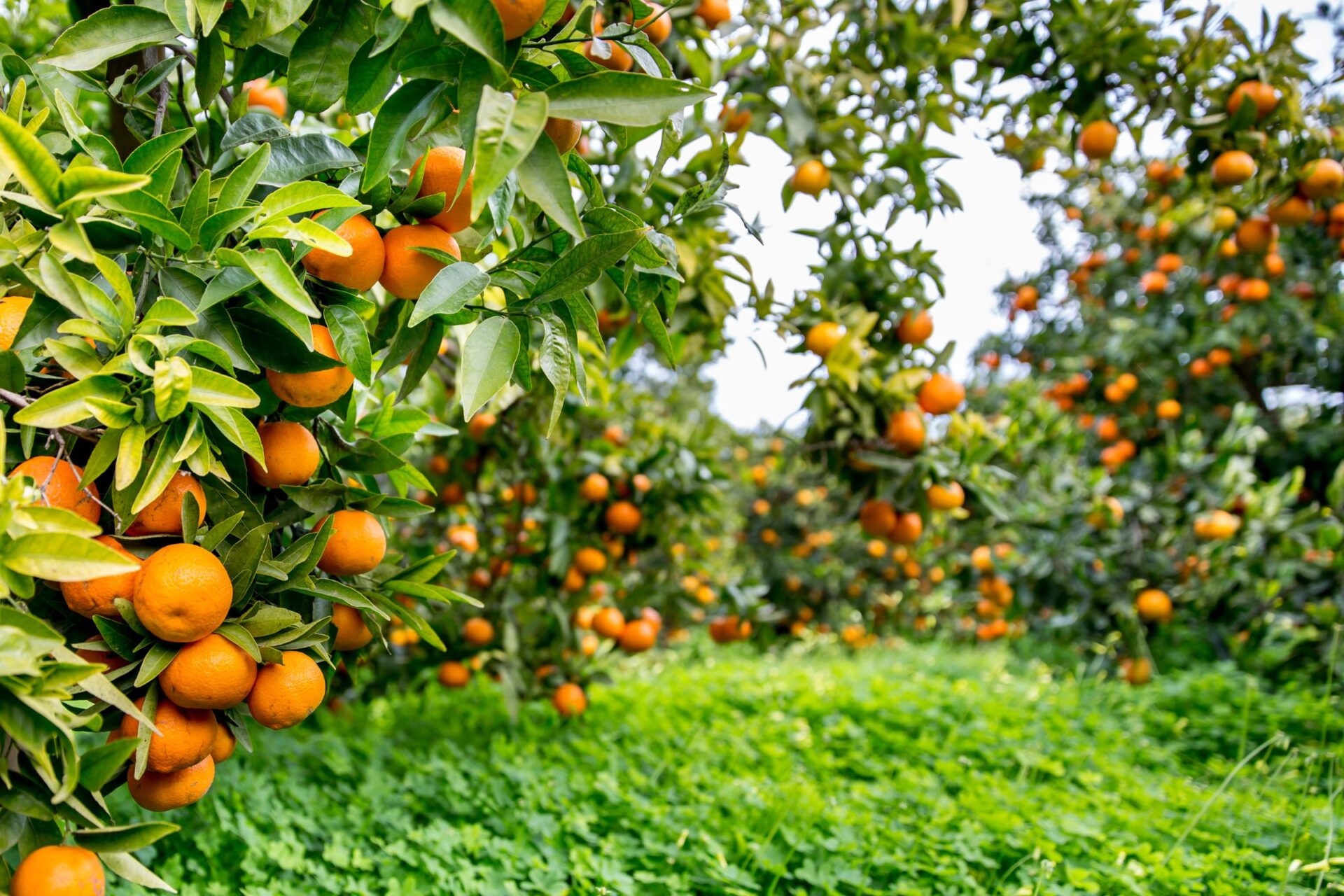
Traditional irrigation methods around Scilla’s lakes go back centuries. Families have passed these down, along with the myths that explain why they matter.
Harvest festivals here blend practical farming with old rituals, mixing Catholic and pagan traditions in a way that feels both ancient and alive.
Travel Insights: Visiting Scilla Today
Scilla gives travelers a rare mix of myth and modern Italian charm. The town welcomes visitors all year with its blue waters, historic sights, and genuine Calabrian hospitality.
Tourism Highlights and Practical Advice
If you’re planning a trip, I’d say go to Scilla between May and September. The weather feels perfect then, and you can swim or just wander around without worrying about rain.
The town splits into three main spots. Chianalea is the old fishermen’s quarter, Marina Grande has the beach, and San Giorgio sits up top with the castle.
You really shouldn’t miss Ruffo Castle. This fortress sits high above the town and gives you these stunning views across the Strait of Messina toward Sicily.
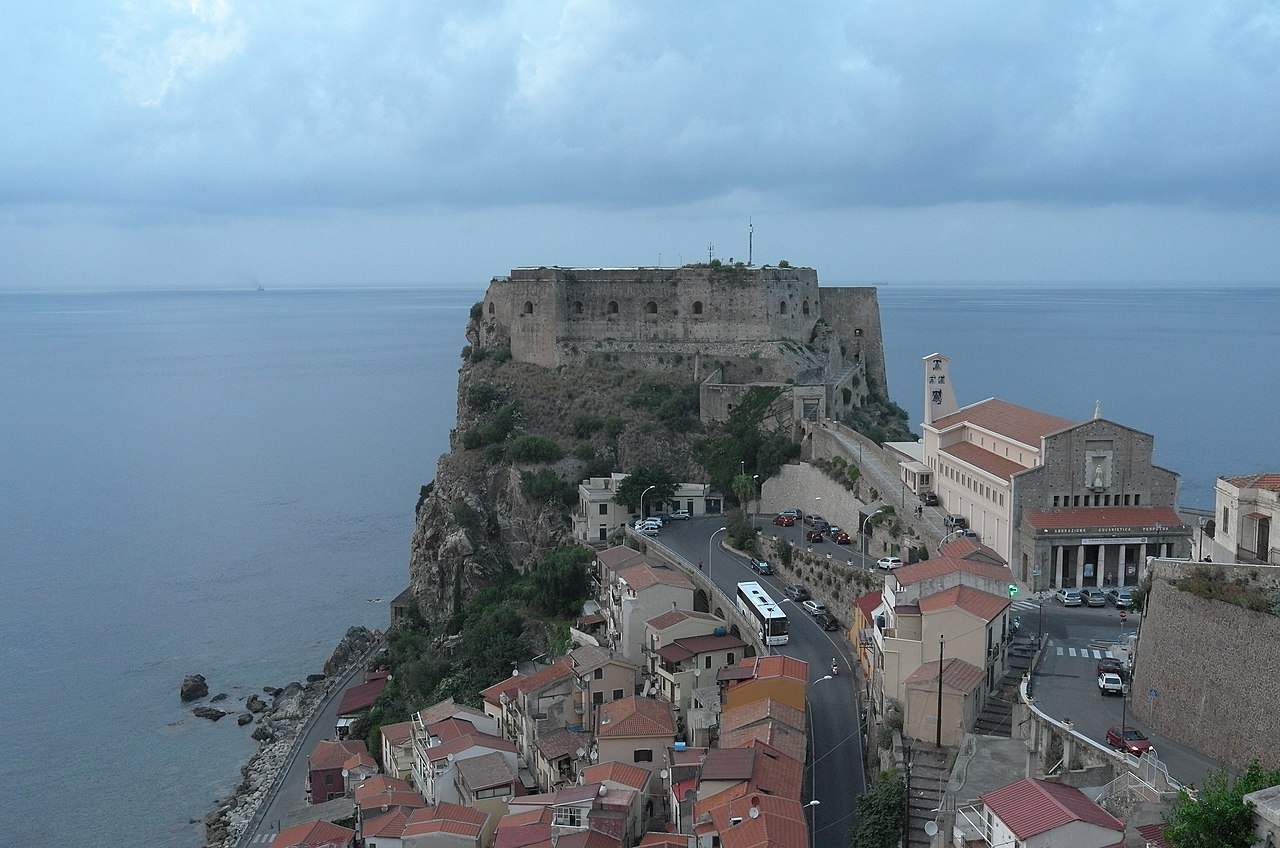
Image Source: Wikimedia Commons
It only costs €3 to get in, which is a steal for what you get.
Chianalea, sometimes called the “Little Venice of the South,” has houses right on the rocks, with the sea splashing against them. At sunset, the whole place just glows; the narrow alleys look almost golden.
If you’re staying overnight, I’d pick one of the small B&Bs in Chianalea. They usually charge between €60 and €90 per night during the busy season, and you get a real taste of local life.
Getting around isn’t complicated, but you don’t have a ton of options. I’d rent a car if you want to see more of Calabria.
Scilla has its own train station, which helps. Inside the town, you can walk everywhere—nothing is more than 20 minutes away on foot.
Medical and Wellness Experiences in the Region
Over the last few years, Calabria, including Scilla, has started to attract people looking for medical tourism. The region has thermal spas that use natural mineral waters for different therapies.
I tried out Terme Luigiane, which sits about two hours north of Scilla. They offer balneotherapy with mineral-rich waters, and honestly, it feels great if you have any skin or breathing issues.
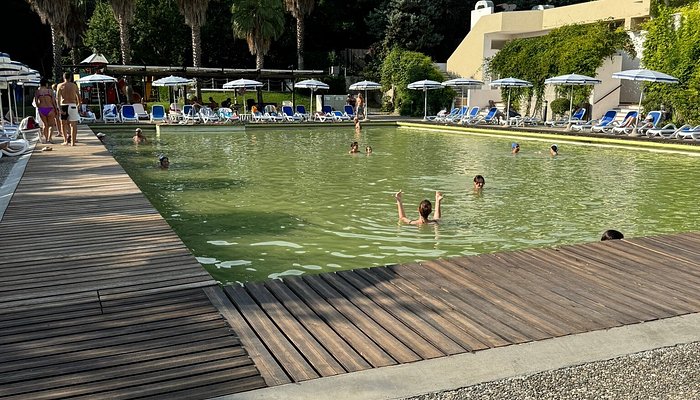
Image Source: Tripadvisor
If you need medicine or something quick, Scilla has a small pharmacy right in the center. For bigger health problems, you can head to Reggio Calabria, which is only 22km away. The hospital there takes care of visitors too.
Wellness in Scilla isn’t just about treatments. You can join seaside yoga sessions at sunrise on Marina Grande.
Some places offer Calabrian massages with bergamot oil, which smells incredible and is something you don’t find everywhere.
You can also try thalassotherapy, where they use seawater for different treatments.
Honestly, just breathing the clean air and slowing down a bit in Scilla does wonders for your health.
Exploring Hidden Corners: Local Secrets and Experiences
I stumbled onto my favorite spot in Scilla—a hidden pebble beach tucked right under the castle cliff. You can get there by following a narrow path from Chianalea, and honestly, it feels like your own private escape. The water’s so clear, and you won’t have to fight for space like at Marina Grande.
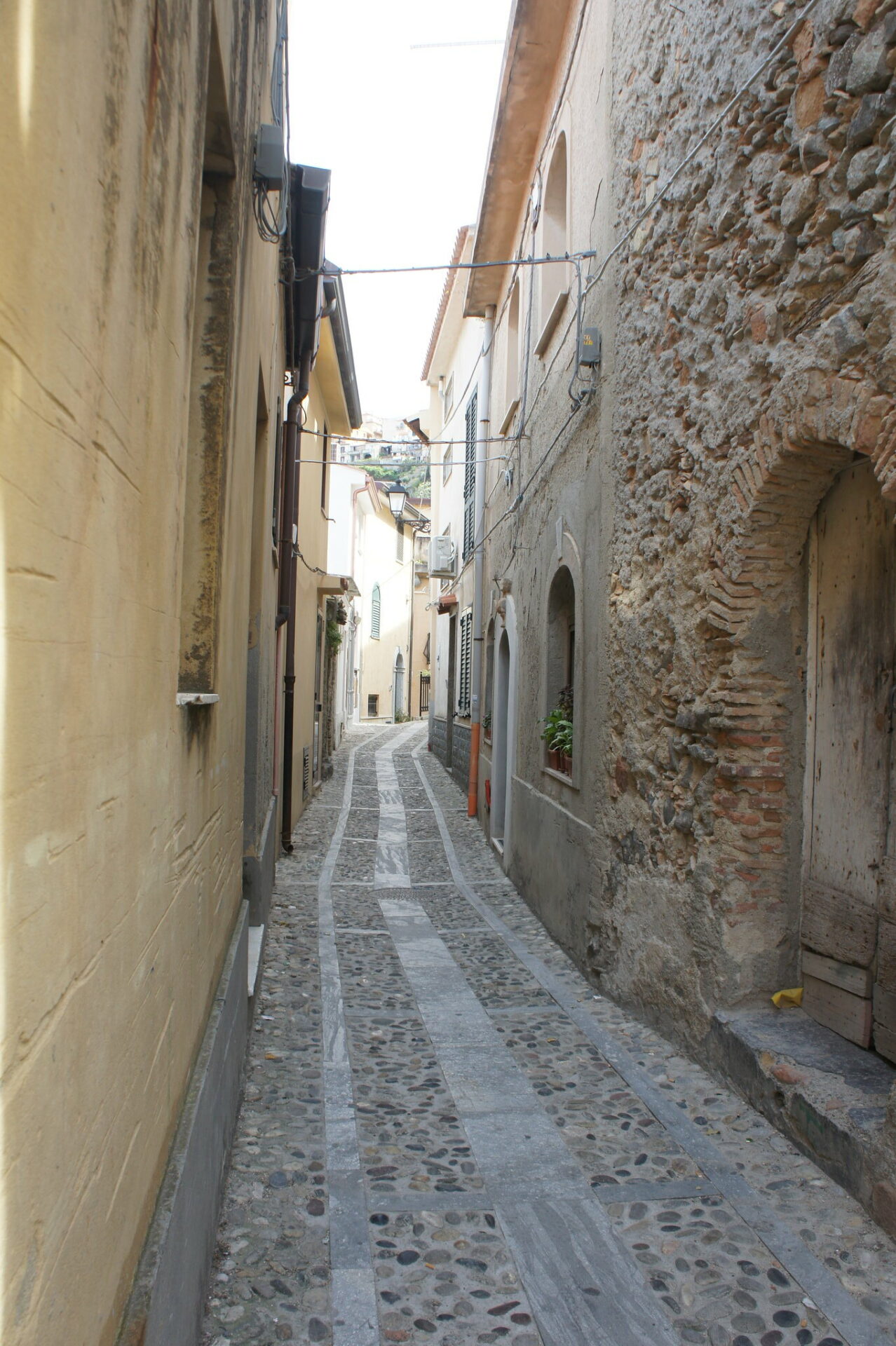
Image Source: Flickr
If you want real food, don’t bother with the main beach restaurants. Instead, wander into the family-run trattorias in Chianalea. Trust me, you’ve got to try pesce spada alla ghiotta—that’s swordfish cooked with tomatoes, capers, and olives. The fishermen bring it in fresh, and it’s a local favorite for a reason.
In the evening, locals head out for the passeggiata—that’s their traditional evening stroll. Around 7pm, everyone seems to come alive along the waterfront, chatting and soaking in the vibe before dinner.
The festivals here are something else:
- Feast of San Rocco (August 16)
- Sword Fish Festival (July)
- Madonna del Carmine celebration (July 16)
If you’re up for a little adventure, ask someone from town about the secret viewing spot above Scilla. That’s where you’ll catch the best sunset over the Strait of Messina, with Sicily glowing in the distance.


